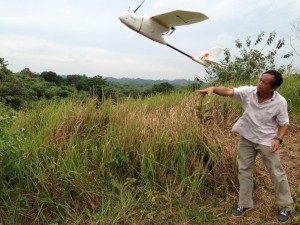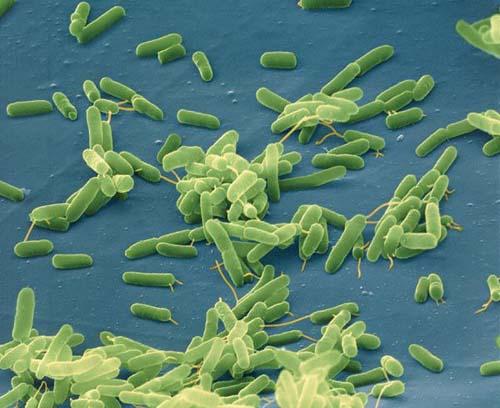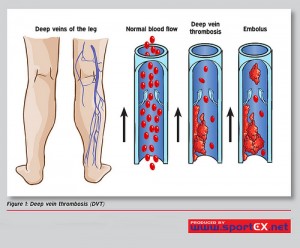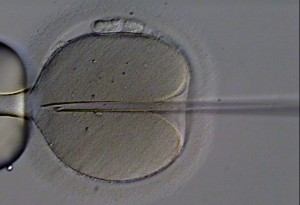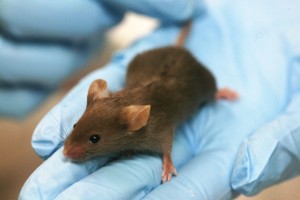Ever since the discovery of penicillin, scientists have been in constant battle against the growing resistance of bacteria to antibiotics. How did the war start? According to APUC (Alliance for the Prudent Use of Antibiotics), bacteria develops resistance through genetic mutations or acquiring resistance genes from another bacterium. By treat bacterial infection with antibiotics, the bacteria without the resistance gene will be killed. However, bacteria with the resistance gene will survive and continue to multiply.
Here’s a more in-depth video:
So why do we care? At 2011, Coates et al. examined the existing antibiotics and concluded that the rate of new antibiotic discovery is much slower than the growing rate of antibiotic resistance. This means that in the near-future, we will run out of antibiotics to even treat a minor infection.
However, according to some of the recent articles, we seem to have the upper hand in this battle. Henry et al. discovered a new therapy of fighting bacterial infection without causing bacterial resistance. The therapy involves creating liposome (vesicles made of cell membranes) decoys in the body for bacterial toxin to bind to, preventing the toxin from damaging the host cells. This buys time for the immune system to get rid of harmful bacteria in the host.
Also, a new class of antibiotic is being developed by Ling et al., and the way they discover the antibiotic may possibly lead to a new ways of discovering new antibiotics.
Everything looks pretty good at this point. New ways of discovering antibiotics and new therapy that will not result in antibiotic resistance will likely lead to the solution of antibiotic resistance.
However, these discoveries may not necessarily lead to a solution of growing antibiotic resistance. The root of the problem remains untouched. For example, the general public should be better educated about the misuse of antibiotics. In an article by Jean Pechere, Jean conducted a survey on patients using antibiotics. The result shows significant misuse of antibiotics in the community Jean surveyed.
The discovery by Henry et al. may look really promising. Treating infections without using antibiotics will prevent the development of antibiotic resistance. However, what if the immune system cannot clear out the bacterial infection effectively, and the patient is required to use antibiotics? A follow-up study is required to test the effectiveness of the therapy on different strains of bacteria.
Even though these are great discoveries, we should not view them as solutions to antibiotic resistance, but should keep in mind that great amount of effort is still required to solve the emerging antibiotic resistance. More effort should be put towards educating the public or preventing the overuse of antibiotics.
The Center for Disease Control (CDC) listed ways to prevent antibiotic resistance:
- Practice Good Hygiene
- Take exactly the amount doctors have prescribed. No more, no less.

Misuse of Antiobiotics can cause antibiotic resistance. Picture Obtained from Flickr, Credit to AJC1
-Daniel Hsiao





